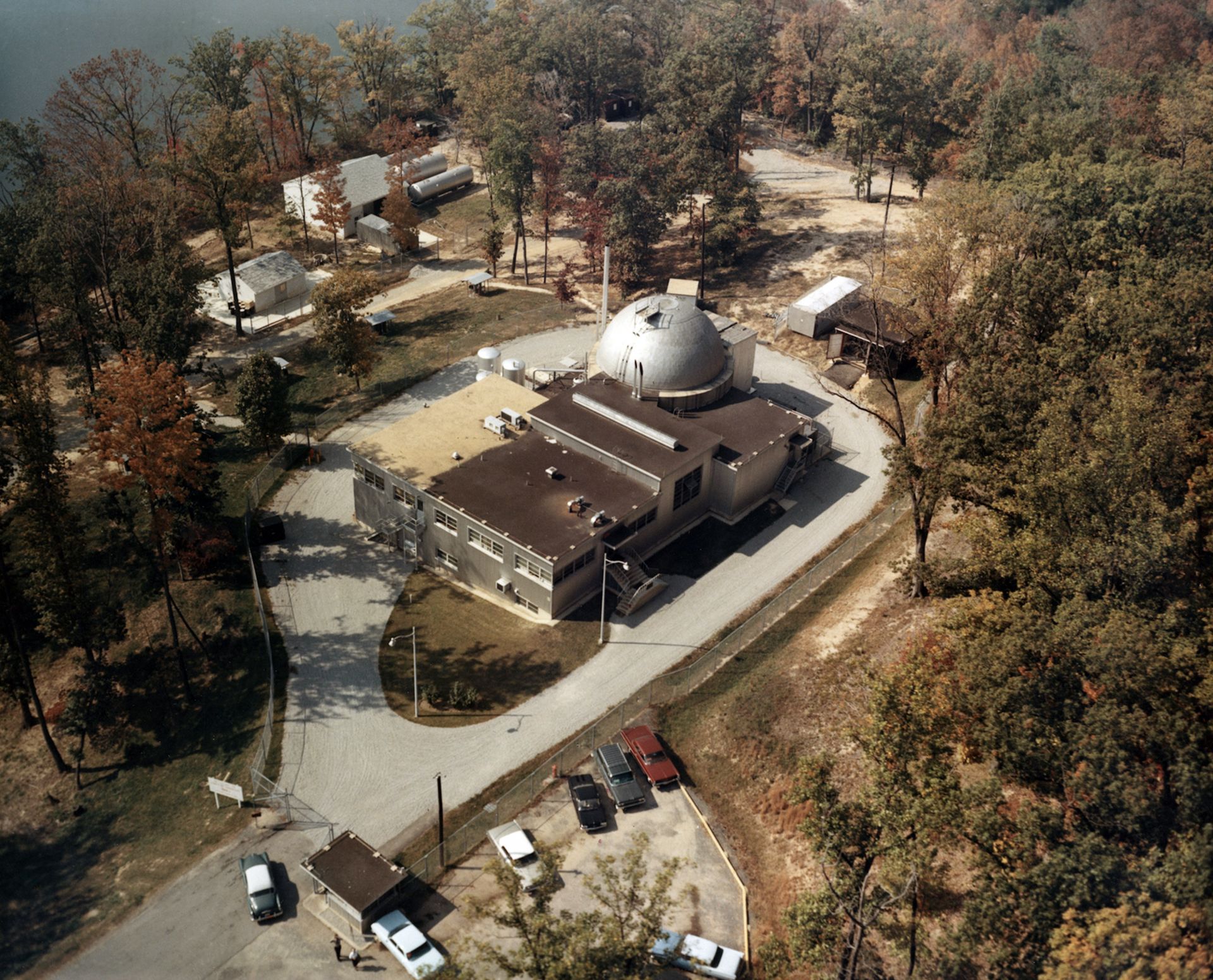 The US Army Corps of Engineers (USACE), Baltimore District, has awarded a $103 million contract to Westinghouse Government Services of South Carolina for the decommissioning, dismantling and disposal of the deactivated SM-1A nuclear power plant at Fort Greely, Alaska.
The US Army Corps of Engineers (USACE), Baltimore District, has awarded a $103 million contract to Westinghouse Government Services of South Carolina for the decommissioning, dismantling and disposal of the deactivated SM-1A nuclear power plant at Fort Greely, Alaska.
“The Corps of Engineers has worked diligently to award the contract for this very complex and challenging project,” said Baltimore District Commander Col. Estee Pinchasin. “Our radiological experts have safely executed projects like this in the past, and our team of trained professionals will use proven techniques, precautions and engineering controls to prioritise and ensure the continued safety of our workers, installation community and public." Crews are expected to begin mobilising in 2023, and the work is anticipated to take approximately six years to complete.
USACE Baltimore District has released the Final Notice of Availability (NOA), Final Environmental Assessment (EA) and Finding of No Significant Impact (FNSI), and National Historic Preservation Act Section 106 Memorandum of Agreement (MOA) for the proposed action to decommission and dismantle the SM-1A and to release the property for unrestricted use.
The construction of SM-1A began in 1958 and first criticality was achieved in March 1962. The design was based on the concept of the SM-1 reactor at Fort Belvoir, in Virginia, a prototype for stationary medium-power plants (SM). The “1A” notation designates it as the first field plant of its type.
A 20.2-MWt pressurised water reactor, SM-1A was designed to be used as an “in-service” test facility for nuclear power in an Arctic environment, with its primary mission being to supply electrical power and heating steam to Fort Greely. The secondary mission was to study the economics of operating a nuclear power plant in a remote area where conventional fuel costs are high and supply lines unusually long.
By 1968, however, the decision was made to close the plant because of the high operating costs and the projected cost of replacing SM-1A’s reactor pressure vessel. The final shutdown was performed on the SM-1A Reactor in March 1972, in accordance with theSM-1A Decommissioning Plan as approved by the Army Reactor Systems Health and Safety Review Committee (ARCHS). This consisted of removal of the nuclear fuel, minor decontamination, shipment of pre-packaged radioactive waste, encasing certain reactor components (vapor container, waste tanks, and demineraliser room), sealing the pressure vessel, and installing appropriate warning signs and monitoring devices.
Certain areas were maintained as restricted areas for radiation safety considerations. This method of decommissioning was selected due to the low initial cost and low personnel radiation exposure. Future remediation was to take place at a time when radiation levels and quantities of radioactive waste were significantly reduced due to radioactive decay. The plant put in safe storage (SAFSTOR) condition.
Because of SM-1A’s historical significance (the plant was found eligible for listing in the National Register of Historic Places), and because decommissioning will adversely affect the property, USACE signed a memorandum of agreement with the Alaska State Historic Preservation Office and the City of Delta Junction outlining how the history of SM-1A and its unique artic mission will be preserved.
USACE said that “when safe and feasible,” it will salvage historical items from the reactor facility. This includes informational safety plaques and an unopened time capsule. Also, within two years of awarding the decommissioning contract, USACE will develop a detailed plan for the identification, curation, storage, and transportation of SM-1A’s historical items.
USACE is responsible for two other military reactors. The MH-1A was installed on the former World War II Liberty ship Sturgis, which became the world’s first floating NPP. Decommissioning of MH-1A was completed in 2019. The SM-1 in Virginiais in the process of being closed with a target date of 2025.
Image: Aerial view of the SM-1A Nuclear Power Plant (courtesy of USACE)






